Period:Qing dynasty Production date:1700-1720
Materials:porcelain
Technique:glazed, painted,
Dimensions:Height: 195 millimetres
Description:
Porcelain flask of pilgrim vase form (‘bian hu’), with flattened globular body, small oval base, and two ribbon form handles joining the shoulders to the neck, which has a bulbous centre and contracts to a small circular mouth. There is a dragon in a medallion in enamels on the body.
IMG
![图片[1]-flask BM-PDF.882-China Archive](https://chinaarchive.net/Qin dynasty/Ceramics/mid_00384057_001.jpg)
Comments:Published PDF date : Qing 18thC Room 95 label text:PDF 882Pilgrim flask with dragonsEarly Qing dynasty overglaze enamels fire as thin, translucent watercolour-like colours dominated by green, black, aubergine, red and yellow pigments. Blue is sometimes applied as an underglaze colour but was later often replaced by an overglaze blue that was invented about AD 1700. Albert Jacquemart (AD 1808–1875), the French civil servant, painter and collector of Chinese ceramics, coined the term famille verte in his Histoire de la céramique published in 1873, to describe these enamels as the palette is dominated by shades of green. Porcelain with overglaze enamelsJingdezhen, Jiangxi province 江西省, 景德鎮Qing dynasty, about AD 1700–1720 PDF 882龍紋扁壺清早期燒成的釉上彩為稀薄的透明水彩狀,以綠、黑、茄皮紫、紅及黃彩為主。藍色有時使用釉下青花,但後來經常被1700年左右發明的釉上藍彩所取代。艾爾伯特•雅哥馬特(1808-1875年),一位法國公務員、畫家及中國陶瓷藏家,1873年在其出版的《陶瓷史》(Histoire de la céramique)中首創了陶瓷術語famille verte(“綠色系”),用以描述以綠色調為主的五彩裝飾技法。瓷器,釉上彩江西省景德鎮清代,約1700-1720年
Materials:porcelain
Technique:glazed, painted,
Dimensions:Height: 195 millimetres
Description:
Porcelain flask of pilgrim vase form (‘bian hu’), with flattened globular body, small oval base, and two ribbon form handles joining the shoulders to the neck, which has a bulbous centre and contracts to a small circular mouth. There is a dragon in a medallion in enamels on the body.
IMG
![图片[1]-flask BM-PDF.882-China Archive](https://chinaarchive.net/Qin dynasty/Ceramics/mid_00384057_001.jpg)
Comments:Published PDF date : Qing 18thC Room 95 label text:PDF 882Pilgrim flask with dragonsEarly Qing dynasty overglaze enamels fire as thin, translucent watercolour-like colours dominated by green, black, aubergine, red and yellow pigments. Blue is sometimes applied as an underglaze colour but was later often replaced by an overglaze blue that was invented about AD 1700. Albert Jacquemart (AD 1808–1875), the French civil servant, painter and collector of Chinese ceramics, coined the term famille verte in his Histoire de la céramique published in 1873, to describe these enamels as the palette is dominated by shades of green. Porcelain with overglaze enamelsJingdezhen, Jiangxi province 江西省, 景德鎮Qing dynasty, about AD 1700–1720 PDF 882龍紋扁壺清早期燒成的釉上彩為稀薄的透明水彩狀,以綠、黑、茄皮紫、紅及黃彩為主。藍色有時使用釉下青花,但後來經常被1700年左右發明的釉上藍彩所取代。艾爾伯特•雅哥馬特(1808-1875年),一位法國公務員、畫家及中國陶瓷藏家,1873年在其出版的《陶瓷史》(Histoire de la céramique)中首創了陶瓷術語famille verte(“綠色系”),用以描述以綠色調為主的五彩裝飾技法。瓷器,釉上彩江西省景德鎮清代,約1700-1720年
© Copyright
The copyright of the article belongs to the author, please keep the original link for reprinting.
THE END
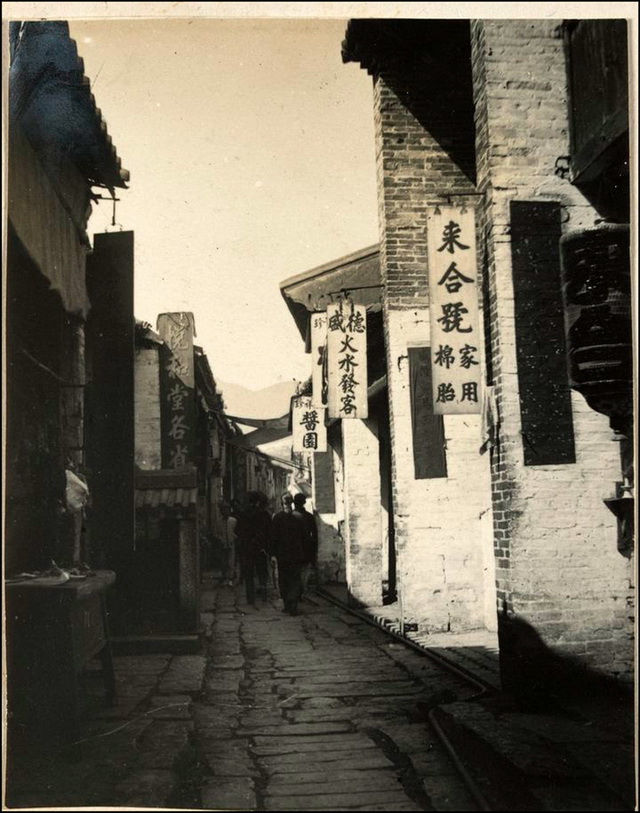
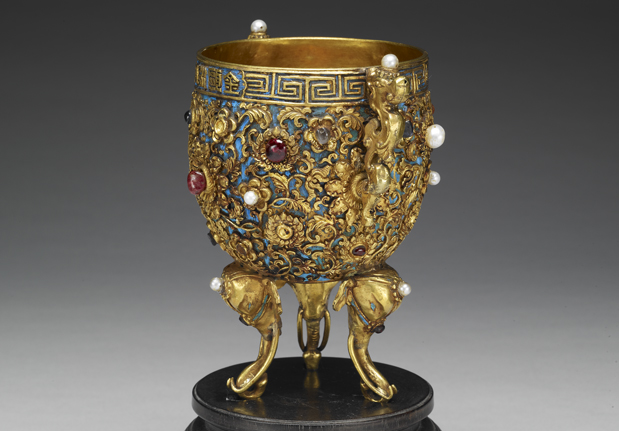
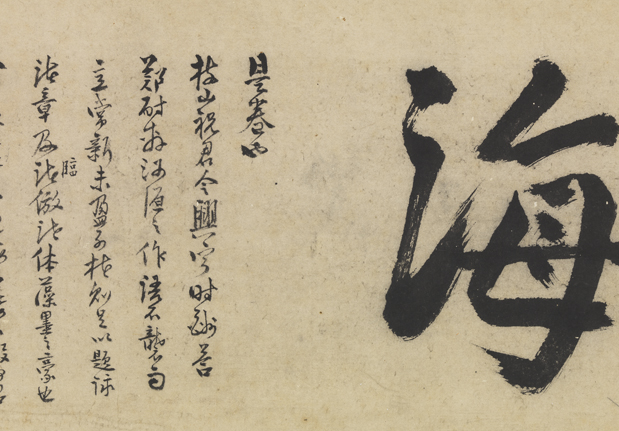
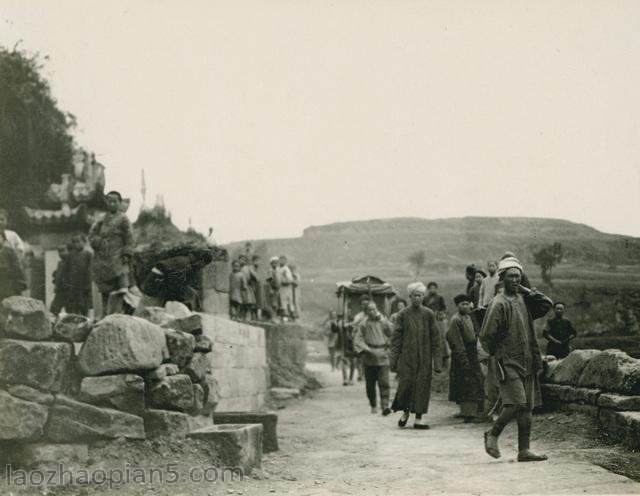
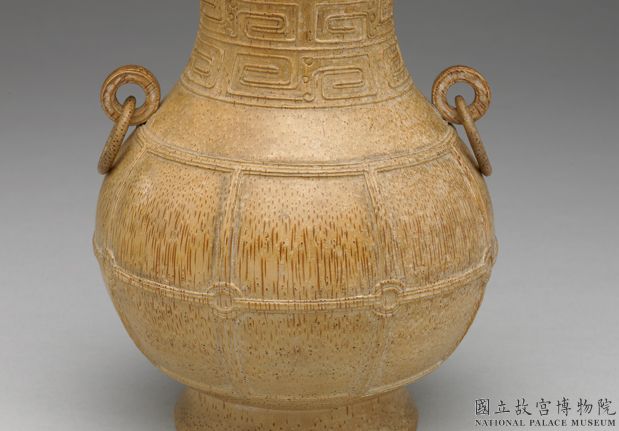
![[Qing Dynasty] British female painter—Elizabeth Keith, using woodblock prints to record China from the late Qing Dynasty to the early Republic of China—1915-China Archive](https://chinaarchive.net/wp-content/uploads/2022/11/image-191x300.png)